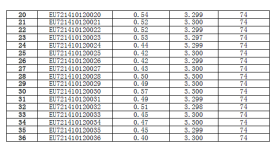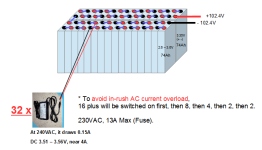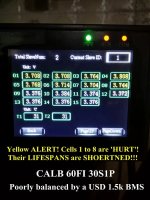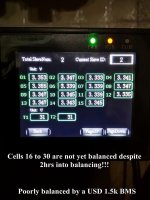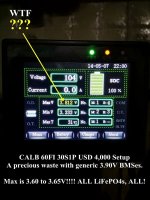dogman dan
1 PW
Nevertheless, it only matters that you know when the lowest capacity cell group is on the edge of the cliff.
Charging the rest of you pack to match that cell groups lower capacity will not put more capacity into the lowest capacity group. You will still only have a pack with the capacity of the weakest cell group.
But have fun anyway. It's not that what you are talking about is wrong, it's just not going to make the weak cell group stronger. Given the way you build your packs, I'd be inclined to just add one more cell to a weak group. That would add capacity to it, allowing you to draw the full capacity of the remaining cell groups.
True bottom balancing, where you discharge all cells way past the cliff, that's what we argue against.
Charging the rest of you pack to match that cell groups lower capacity will not put more capacity into the lowest capacity group. You will still only have a pack with the capacity of the weakest cell group.
But have fun anyway. It's not that what you are talking about is wrong, it's just not going to make the weak cell group stronger. Given the way you build your packs, I'd be inclined to just add one more cell to a weak group. That would add capacity to it, allowing you to draw the full capacity of the remaining cell groups.
True bottom balancing, where you discharge all cells way past the cliff, that's what we argue against.


